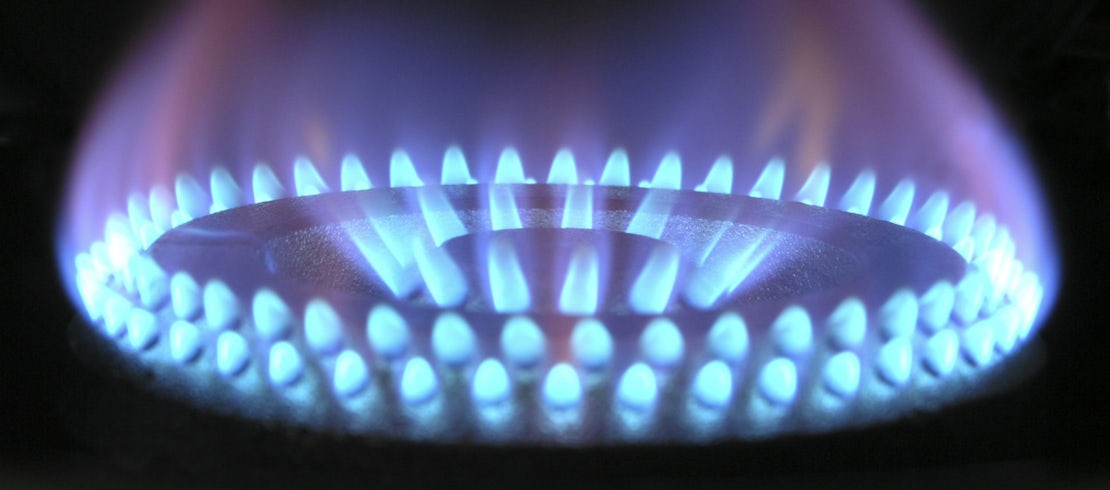18 – 24 November is Carbon Monoxide Awareness Week, an annual campaign to help ensure that everyone understands the dangers of carbon dioxide and how to protect themselves.
Carbon Monoxide Awareness Week is a national initiative, and relevant to us all. While we should all be carrying out regular checks on equipment and alarms in our homes and rental properties, Carbon Monoxide Awareness Week is a great reminder of the importance of this.
Carbon monoxide – the ‘silent killer’
Carbon monoxide is a poisonous gas; breathing it in can make you unwell, and it can kill if you’re exposed to high levels. The deadly gas is known as the ‘silent killer’ because you can’t see it, hear it, smell it or taste it.
Carbon monoxide poisoning is caused by faulty or badly-serviced gas and other fossil fuel-burning appliances and systems. It’s vital that you make sure that all alarms are checked periodlically and gas certification is up to date. If you don’t already have a service plan in place, this might be something to consider.
Landlords – your legal responsibilities
Landlords have a legal responsibility to ensure their properties comply with all current health and safety legislation.
Arla Propertymark provides a good summary:
Landlords in Scotland must ensure that all properties let to tenants have a carbon monoxide detector fitted regardless of when the tenancy started.
Landlords should have a long-life battery or mains-powered detector (which complies with British Standards and European directives) in each room housing a carbon-based fuel appliance (excluding those used solely for cooking) and in any living room or bedroom if a flue from these appliances runs through it.
By law, landlords must provide fire-detection equipment for each property and there should be at least:
- One working smoke alarm in the room which is frequently used by tenants for daytime living purposes.
- One functioning smoke alarm in every circulation space, such as hallways and landings.
- One heat alarm in every kitchen
- All alarms should be interlinked.
Smoke alarms installed since 3 September 2007 must be mains powered, with all battery-powered fire alarms required to be hardwired when they are replaced.
You can see the full guidance from the Scottish Government at Carbon monoxide alarms in provate rented properties: guidance
4 Steps to stay safe
The Carbon Monoxide – Be Alarmed! campaign recommends four simple steps to keep safe:
- Fit an audible carbon monoxide alarm. It should meet European standard EN50291 (you can find this on the alarm and/or packaging). Carbon Monoxide alarms are a similar size to smoke alarms and only take a few minutes to fit
- Have fuel-burning appliances serviced annually by an appropriately qualified and registered engineer
- Don’t block ventilation and have chimneys swept at least once a year
- Know the main symptoms: headaches, dizziness, nausea, breathlessness, collapsing and loss of consciousness. Watch out for soot or yellow/brown staining on or around your appliance or pilot lights that blow out frequently.
Are you and your properties compliant?
The current health and safety compliance legislation for landlords is in place to help ensure the safety of tenants, and it’s vital that all landlords meet all the necessary requirements. If you’ve got all of this on your ‘to do’ list, but finding it hard to find the time to actually organise everything, you have two options:
- Put it to the top of the list! This isn’t something that can be postponed indefinitely.
- Find a local, trusted letting agency to manage this for you.
We offer a range of property management services, including arranging all certification. We’re pleased to be able to tailor our approach to fit your needs and those of your tenants and guests.
Help raise awareness!
Please help to spread the word and talk to others about Carbon Monoxide Awareness Week! You can share this post and the links within it, or follow #COAwarenessWeek and #COsafe on social media.
Follow us on Facebook, Twitter and LinkedIn to find out more about us, including reviews.
